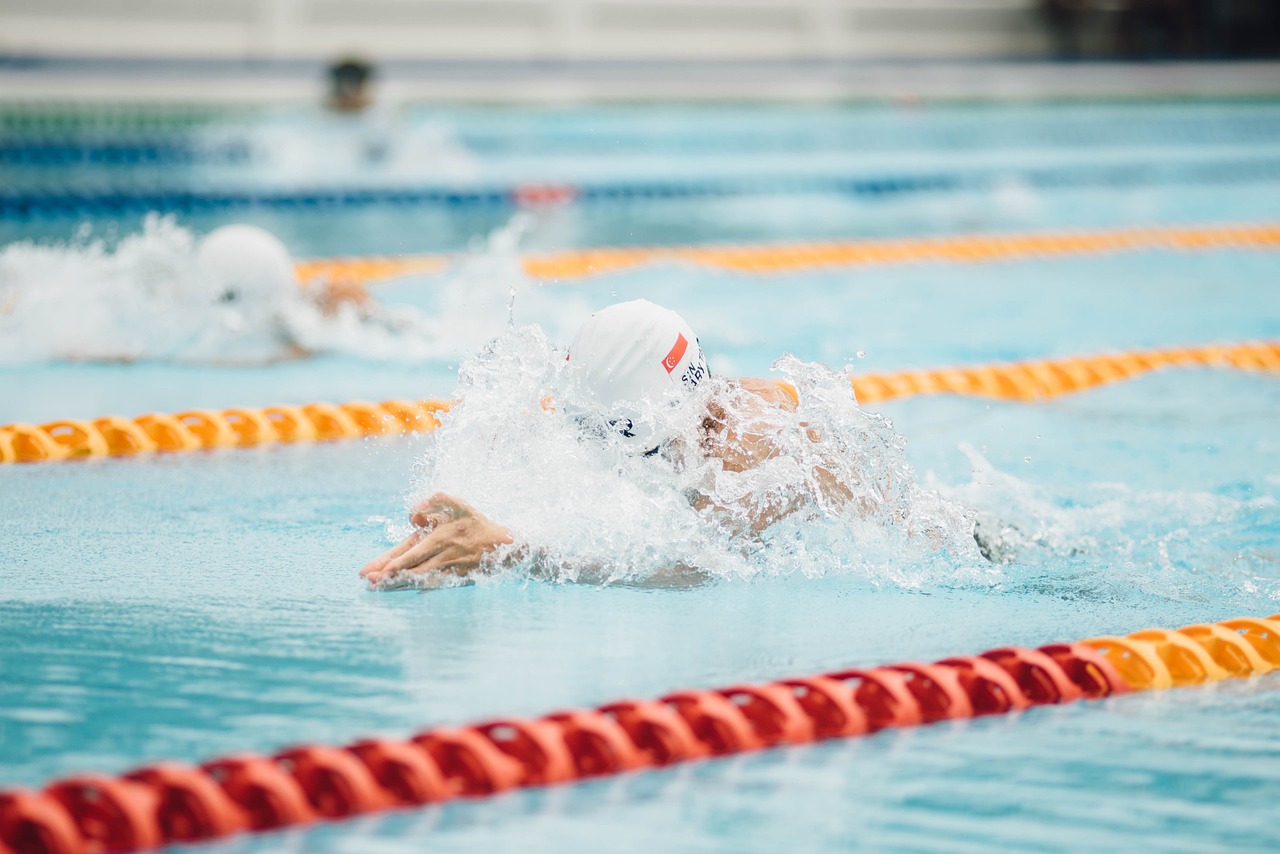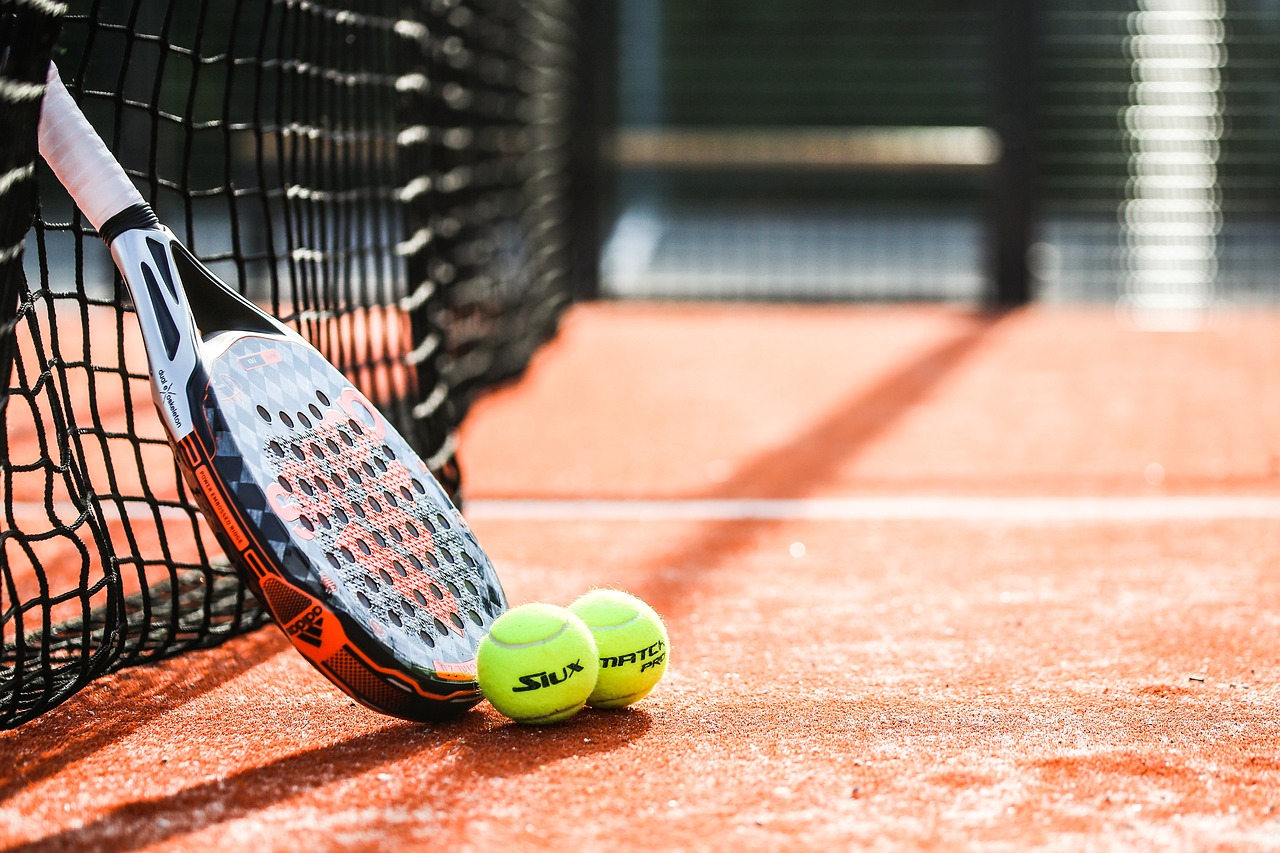
Understanding Individual Sports Dynamics
Choosing individual sports offers athletes full control over their performance and progress. Players like tennis star Serena Williams demonstrate how personal accountability drives skill development. Individual sports often provide measurable benchmarks such as personal bests, world rankings, or time records—for example, Usain Bolt’s 9.58-second 100-meter sprint remains a gold standard. The downside includes the pressure of self-reliance and the absence of team support during competitions, which can increase stress levels as shown in sports psychology research indicating higher cortisol levels in solo athletes before events.
Exploring Team Sports Dynamics Benefits
Team sports foster collaboration, shared responsibility, and social bonding, essential for athletes like NBA player LeBron James, whose leadership influences team success. The collective effort often leads to improved motivation and resilience, supported by studies showing team athletes have 15% higher adherence to training routines. Teams also benefit from strategic diversity and role specialization, which can enhance overall performance metrics such as win-loss ratios. However, conflicting personalities and dependency on teammates’ performance can sometimes hinder individual growth and cause frustration.

Comparing Accountability in Individual and Team Sports
Accountability differs significantly between individual and team sports. In individual sports, athletes are solely responsible for their outcomes, making self-discipline critical. For instance, Olympic swimmer Katie Ledecky’s rigorous self-managed training schedule contributed to her multiple gold medals. Conversely, team sports distribute accountability, which can reduce individual pressure but also dilute personal responsibility. According to a 2023 Sports Science Journal study, individual athletes reported 25% higher self-motivation scores compared to team athletes, highlighting the mental endurance required in solo competition.

Balancing Pressure and Support in Sports Participation
Pressure management varies widely; individual athletes often face intense psychological stress, while team players share emotional burdens. For example, a 2021 NCAA survey found 40% of individual sport athletes experienced anxiety linked to performance alone, whereas only 22% of team sport athletes reported similar stress levels. On the other hand, team sports provide built-in social support networks, promoting mental health and camaraderie, which are vital for long-term engagement. Yet, team conflicts or lack of cohesion can negatively impact performance and satisfaction, as documented in a 2022 study on team dynamics in professional soccer.
Evaluating Long
Evaluating Long-term Growth in Individual versus Team Sports. Long-term development paths differ; individual sports emphasize personalized skill refinement, often leading to earlier peak performance ages, such as gymnasts peaking in late teens. Data from the International Gymnastics Federation shows that 70% of elite gymnasts retire by age
20. Team sports usually allow longer career spans and evolving roles, with athletes like NFL quarterback Tom Brady competing at high levels into their 40s. Furthermore, team athletes benefit from shared learning environments and mentorship, which can enhance tactical knowledge and career longevity.

Choosing the Right Sport Based on Personal Goals
Deciding between individual and team sports depends on personal preferences and objectives. Those aiming for self-mastery and clear performance metrics may gravitate toward individual sports, as seen in marathon runners tracking pace and times. Meanwhile, individuals seeking social interaction and collaborative success might prefer team sports like basketball or soccer, which also offer statistically higher retention rates—up to 60% more than individual sports according to the Sports & Fitness Industry Association. Understanding these dynamics helps athletes align their sport choice with mental, physical, and social goals effectively.





